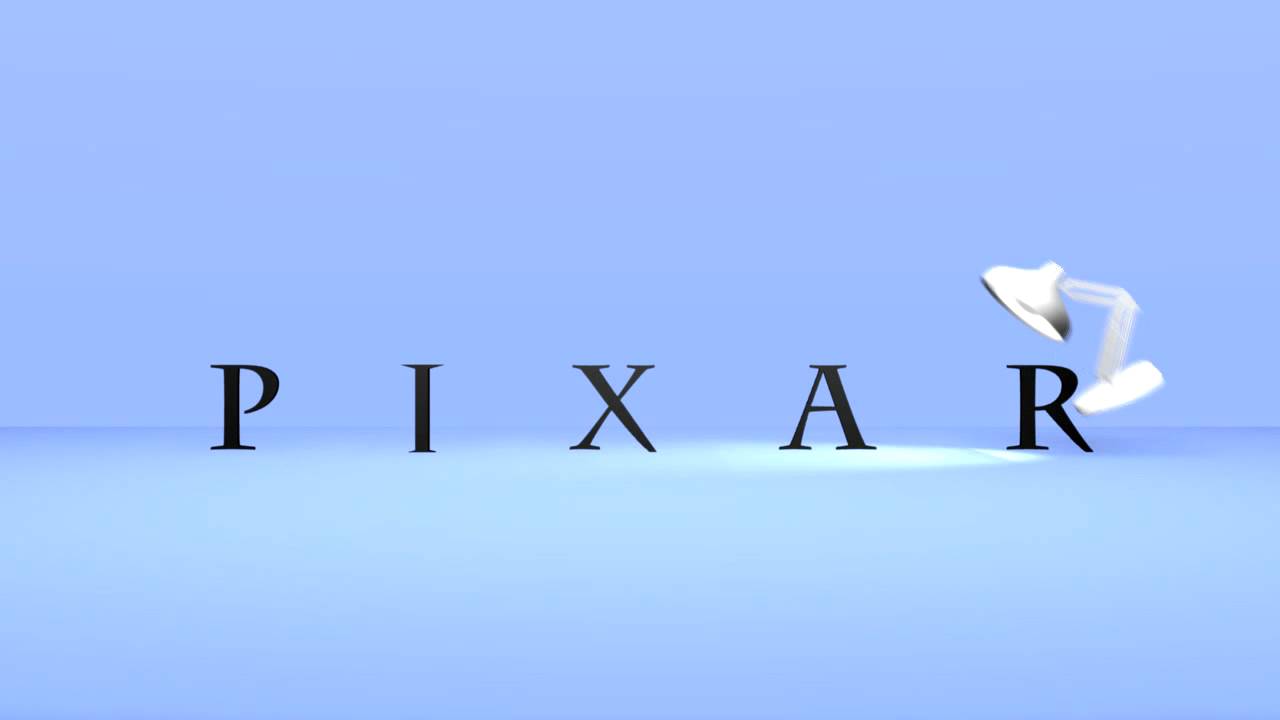Pixar Animation Studios, headquartered in Emeryville, California, is a revered name in the realm of computer animation, celebrated for its exceptional computer-animated feature films that have both captivated critics and triumphed at the box office. Since 2006, Pixar has been an integral part of Walt Disney Studios, a division within the vast tapestry of the Walt Disney Company’s entertainment empire.
The roots of Pixar trace back to 1979 when it emerged as a division of Lucasfilm’s computer department. Initially known as the Graphics Group, it underwent a transformative evolution, becoming an independent corporation in 1986, with substantial support from Apple co-founder Steve Jobs, who assumed a majority ownership role. In January 2006, Disney acquired Pixar in a historic deal valued at over $7.4 billion, exchanging each Pixar share for 2.3 Disney shares. Since then, Pixar has thrived under the Disney umbrella.
Best known for its exceptional feature films, powered by its proprietary rendering technology, RenderMan, Pixar has crafted a unique identity in the animation industry. The studio’s endearing mascot, Luxo Jr., made its debut in a 1986 short film of the same name.
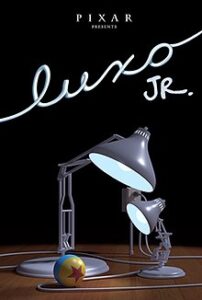
With an impressive filmography encompassing 27 feature films, beginning with the groundbreaking “Toy Story” in 1995, Pixar continues to push the boundaries of animation. Its most recent offering, “Elemental,” in 2023, showcases the studio’s commitment to innovation and storytelling prowess. Pixar has also delighted audiences with a multitude of short films, further expanding its creative repertoire.
The financial success of Pixar’s feature films is noteworthy, with a cumulative global box office revenue exceeding $15 billion as of July 2023, averaging an impressive $546.9 million per film. Notably, several films, including “Toy Story 3,” “Finding Dory,” “Incredibles 2,” and “Toy Story 4,” have grossed over $1 billion, securing their places among the top 50 highest-grossing films of all time. Moreover, 15 of Pixar’s creations rank among the top 50 highest-grossing animated films ever made.
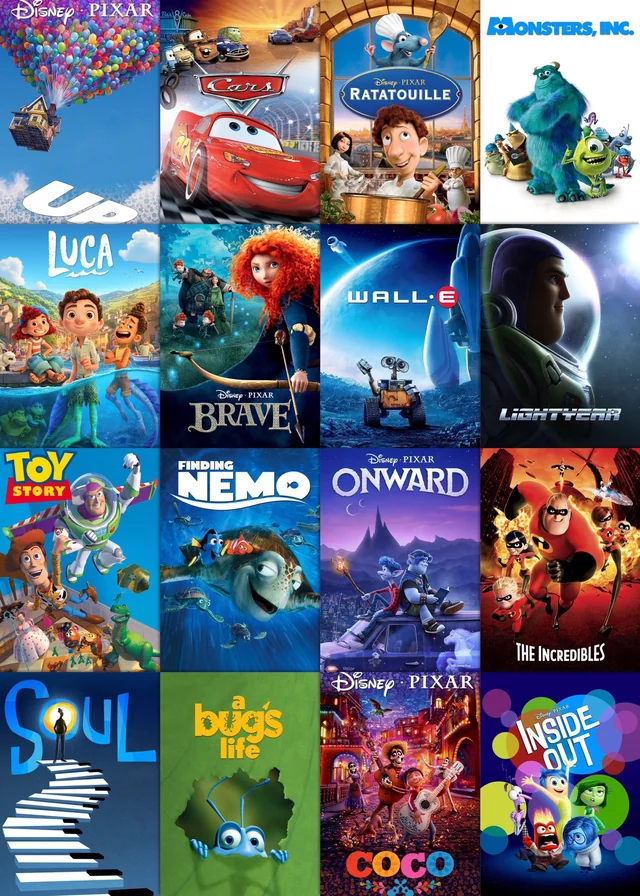
Pixar’s accolades extend far beyond financial milestones. The studio has earned a staggering 23 Academy Awards, 10 Golden Globe Awards, and 11 Grammy Awards, among countless other honors. Its impact on the animation world is undeniable, with 11 of its films winning the coveted Academy Award for Best Animated Feature. Notably, “Toy Story 3” and “Up” achieved the rare distinction of being nominated for the Academy Award for Best Picture.
In recognition of its enduring contributions to the art of cinema, the visionary minds behind Pixar, including John Lasseter, Brad Bird, Pete Docter, Andrew Stanton, and Lee Unkrich, were honored with the prestigious Golden Lion award for Lifetime Achievement by the Venice Film Festival on February 10, 2009, further cementing Pixar’s indelible legacy in the world of animation.
As we embark on a journey through the captivating world of Pixar Animation Studios, we will unravel its extraordinary history, iconic characters, and the enduring magic that has made it a cherished part of our cinematic tapestry. Join us in celebrating the boundless creativity and imagination that define Pixar’s remarkable legacy.
Success Story of Pixar Studios
Pixar Animation Studios’ journey from humble beginnings to becoming an iconic powerhouse of the entertainment industry is nothing short of extraordinary. This is the story of Pixar, a studio that has redefined the animation landscape and captured the hearts of audiences worldwide.
Inception and Early Struggles
Pixar’s inception in 1974 marked a groundbreaking moment in animation history. Founded by Alexander Schure, the studio aimed to achieve the seemingly impossible: create the world’s first computer-animated film. Schure recruited a remarkable team of computer scientists, including Edwin Catmull, Malcolm Blanchard, Alvy Ray Smith, and David DiFrancesco.
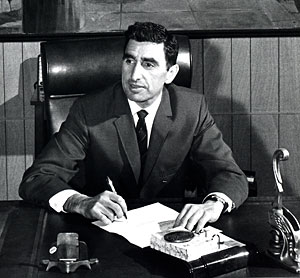
Despite their pioneering spirit, Schure’s unwavering financial support of approximately $15 million pushed NYIT into financial turmoil. The team realized that they needed a more stable environment to bring their vision to life.
The Lucasfilm Connection
A serendipitous encounter with legendary filmmakers Francis Ford Coppola and George Lucas changed the trajectory of Pixar’s journey. This meeting led to the team joining Lucasfilm, where they formed the Graphics Group in 1979. The Graphics Group was a vital component of Lucasfilm’s Computer Division, tasked with pushing the boundaries of computer graphics technology.
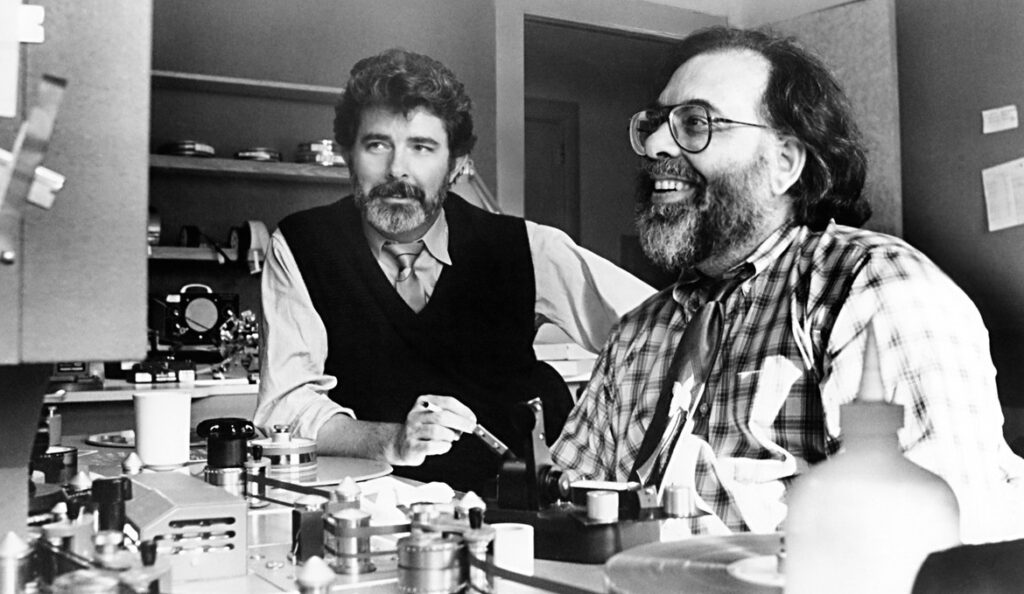
During this period, the team made significant contributions to computer graphics, including the invention of the alpha channel, a crucial development in digital imaging. These foundational innovations laid the groundwork for Pixar’s future success.
The Path to Independence
In February 1986, Edwin Catmull and Alvy Ray Smith made a bold decision. They spun the Graphics Group out as an independent corporation, officially giving birth to Pixar. With 38 dedicated employees, Pixar embarked on a new chapter in its journey.
While their ultimate goal was to create the world’s first computer-animated feature film, they recognized the need for a sustainable revenue stream. As a result, Pixar initially focused on hardware, launching the Pixar Image Computer. This product primarily catered to governmental, scientific, and medical markets, showcasing Pixar’s adaptability and foresight.
The Disney-Pixar Connection
During this period, Pixar’s path crossed with that of Disney. Walt Disney Studios recognized the potential of Pixar’s technology and acquired the Pixar Image Computer and custom software for its Computer Animation Production System (CAPS) project. This collaboration marked the beginning of a fruitful relationship.
However, Pixar faced financial challenges despite its innovative hardware. Steve Jobs, who had invested in Pixar, played an increasingly prominent role in the company. In 1989, John Lasseter, who would later become a key figure at Pixar, joined the team.
The Turning Point
In 1991, Pixar and Disney struck a historic deal to produce three computer-animated feature films. The first of these was “Toy Story,” a film that revolutionized animation. Born out of the technological challenges of CGI animation, “Toy Story” proved to be a monumental success, grossing over $373 million worldwide.
This success marked a turning point for Pixar. The company transitioned from being solely a hardware provider to a creative force in the animation industry. Pixar’s initial public offering (IPO) in 1995 became the biggest IPO of the year, solidifying its position in the entertainment world.
Collaboration, Disagreements, and Disney’s Acquisition
Despite the successful collaboration, tensions emerged between Pixar and Disney. Disputes arose over the production of “Toy Story 2,” initially intended as a direct-to-video release but upgraded to theatrical status during production. This disagreement strained the collaboration’s dynamics.
After years of negotiations and disputes, Disney acquired Pixar in 2006 for approximately $7.4 billion. Steve Jobs, with a 7% stake in Disney, became the company’s largest individual shareholder. John Lasseter took on key leadership roles at both Pixar and Walt Disney Animation Studios, shaping the future of animation at both studios.
Creative Resurgence and Box Office Triumphs
Under John Lasseter’s leadership, Pixar experienced a creative resurgence. Films like “Incredibles 2” and “Toy Story 4” achieved remarkable success, grossing over $1 billion each worldwide. The Pixar Braintrust, a unique collaborative process, became the driving force behind the studio’s storytelling prowess.
Challenges, Leadership Changes, and Streaming
Pixar’s journey was not without its ups and downs. Leadership changes, departures, and the impact of the COVID-19 pandemic presented new challenges. Nevertheless, Pixar continued to adapt and innovate, releasing films like “Soul” and “Elemental” on Disney+ and in theaters.
The Future of Pixar
As Pixar looks to the future, it remains a beacon of creativity and innovation in animation. With an enduring commitment to storytelling and a legacy of groundbreaking films, Pixar continues to capture the hearts and minds of audiences worldwide.
Success Factors of Pixar
Pixar Animation Studios is widely regarded as one of the most successful animation studios in the history of cinema. Here are some of the key success factors that have contributed to Pixar’s achievements:
Emphasis on Storytelling: Pixar has always placed a heavy emphasis on storytelling, understanding that it is the foundation upon which a great film is built. The studio’s films typically feature compelling characters, engaging plots, and memorable moments that captivate audiences of all ages. From Toy Story to Inside Out, Pixar’s movies have consistently told stories that resonate with people on an emotional level.
Creativity and Innovation: Pixar is known for pushing the boundaries of what is possible in animation. The studio has developed cutting-edge technology and techniques that allow its artists to bring their imaginative ideas to life. Whether it’s creating realistic fur, water, or lighting effects, or pioneering new methods like simulation and modeling, Pixar continues to innovate and raise the bar for animated storytelling.
Attention to Detail: Pixar’s animators and artists are meticulous when it comes to detail. They spend countless hours perfecting every aspect of their work, from character designs and environments to lighting and sound effects. This attention to detail helps create a believable and immersive world that draws viewers in and refuses to let go.
Collaborative Environment: Pixar fosters a collaborative environment where directors, writers, animators, and producers work closely together throughout the entire production process. This teamwork approach encourages creative input and feedback from everyone involved, resulting in a cohesive final product that exceeds expectations.
Strong Leadership: Pixar has had a strong leadership structure in place since its early days. Founder Steve Jobs played a significant role in shaping the company’s vision and culture, while executives like John Lasseter, Ed Catmull, and Lee Unkrich have helped guide the studio through various stages of growth and evolution. Their collective passion for storytelling and commitment to excellence have been instrumental in maintaining Pixar’s high standards.
Iconic Characters: Pixar’s films often introduce characters that become ingrained in popular culture. From Woody and Buzz Lightyear to Dory and Jack-Jack Parr, these characters evoke powerful emotions and leave lasting impressions on audiences. Merchandising opportunities and spin-offs further solidify their places in our hearts and minds.
Themes That Resonate: Pixar’s movies frequently explore universal themes that appeal to a broad range of audiences. These themes include friendship, love, loss, courage, and self-discovery, among others. By tapping into these fundamental human experiences, Pixar’s stories connect with people across cultures and generations.
Music and Sound Design: Pixar’s films often feature memorable scores and soundtracks composed by renowned musicians like Randy Newman, Thomas Newman, and Michael Giacchino. These musical elements complement the visual storytelling and enhance the overall cinematic experience. Additionally, the studio’s sound designers carefully craft each sound effect to create a richly textured audio landscape.
Cultural Significance: Pixar’s movies have become cultural touchstones, reflecting and addressing contemporary issues, values, and beliefs. For example, Toy Story tackled the impact of technology on society, while Inside Out explored mental health and emotional intelligence. As such, Pixar’s films not only entertain but also spark meaningful conversations and inspire reflection.
Continuous Improvement: Finally, Pixar continuously strives to improve its storytelling, artistry, and technical capabilities. The studio invests heavily in research and development, allowing its artists to experiment with new tools and techniques. This dedication to continuous improvement ensures that Pixar remains at the forefront of animation and delivers high-quality films that meet the evolving expectations of audiences.
These ten success factors have contributed significantly to Pixar’s remarkable achievements in the animation industry. By combining exceptional storytelling, creativity, attention to detail, collaboration, leadership, iconic characters, universal themes, music, cultural significance, and a commitment to continuous improvement, Pixar has established itself as a true leader in the field, producing timeless classics that captivate audiences around the world.
Also Read: Pixar Animation Studios – A Brand In The League Of Its Own
To read more content like this, subscribe to our newsletter
